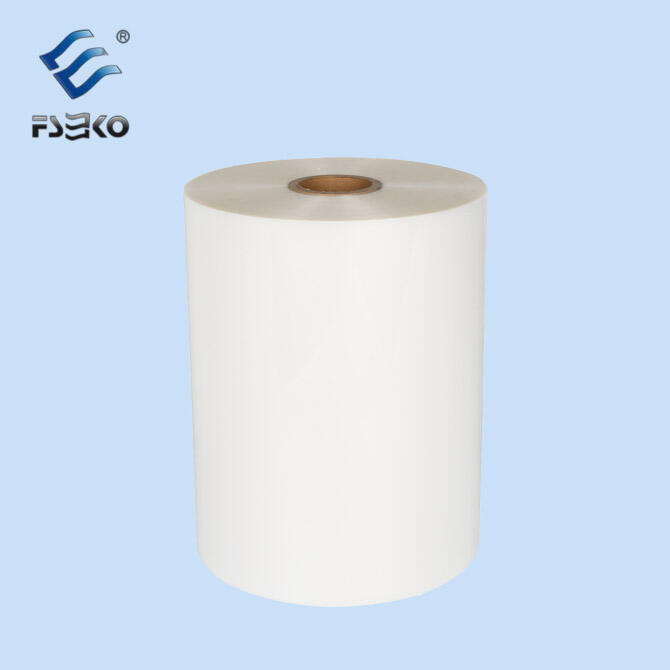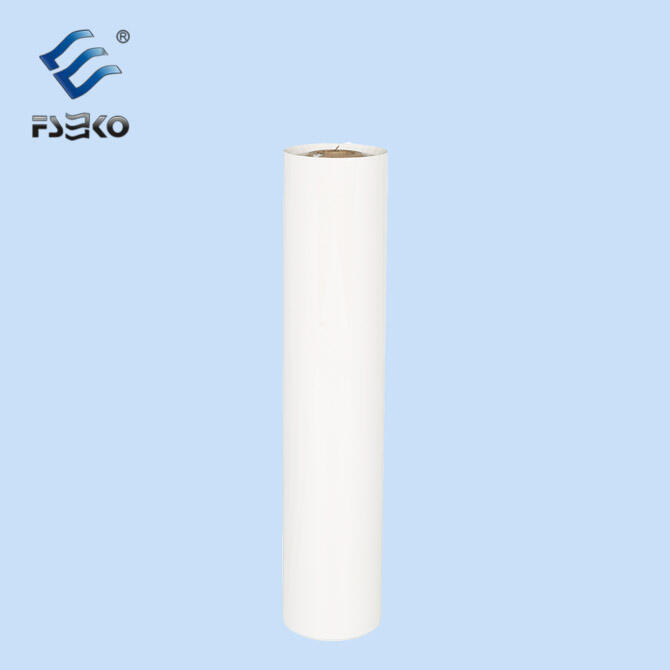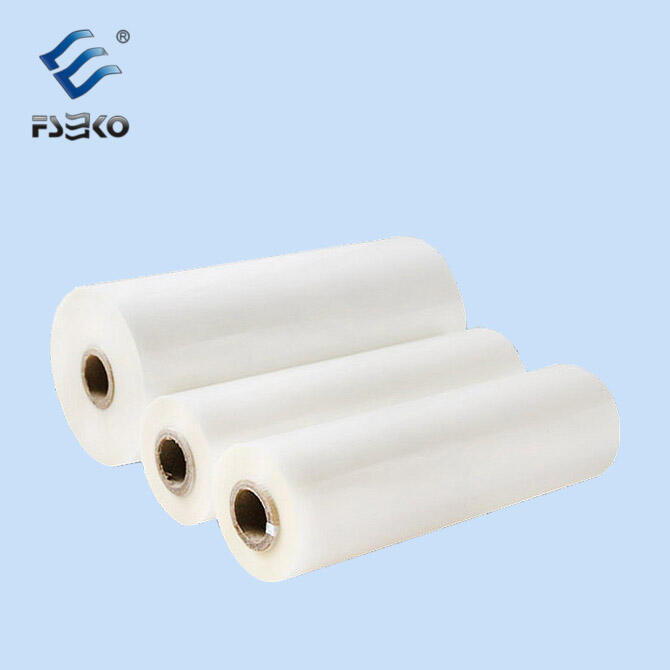When it comes to enhancing the appearance and feel of printed materials, both digital velvety film and matte film are popular choices. Guangdong EKO Film Manufacture Co., Ltd., with its rich experience in the printing laminating materials industry since 1999, can provide valuable insights into the differences between these two options. Digital velvety film offers a truly unique tactile experience. As the name suggests, it has a soft, velvety texture that sets it apart from traditional matte film. This texture not only adds a touch of luxury to the printed material but also provides a more engaging sensory experience for the viewer. When you run your fingers over a surface laminated with digital velvety film, you'll immediately notice the difference. It creates a sense of depth and richness that can make your printed materials stand out from the crowd. In contrast, matte film has a smooth, non - reflective surface. While it also offers a sophisticated look, it lacks the tactile appeal of digital velvety film. Matte film is great for reducing glare and providing a more understated, professional appearance. It is commonly used for business cards, brochures, and other printed materials where a clean and simple look is desired. In terms of printability, both digital velvety film and matte film can be printed on using a variety of methods, including digital printing and offset printing. However, digital velvety film may require some adjustments in the printing process to ensure that the ink adheres properly to its unique surface. Once printed, digital velvety film can enhance the colors and graphics, giving them a more vibrant and three - dimensional look. The velvety texture can also help to hide minor imperfections in the printing, resulting in a more polished final product. Matte film, on the other hand, provides a more consistent and even print surface. It can produce sharp and clear images, and the non - reflective nature of the film ensures that the colors are accurately represented. When it comes to durability, both films offer good protection against wear and tear. However, digital velvety film may be more resistant to fingerprints and smudges due to its texture. Matte film, while also durable, may show fingerprints more easily, especially in high - traffic areas. In terms of applications, digital velvety film is often used for luxury packaging, high - end brochures, and invitations. Its unique texture and appearance make it ideal for products that require a premium look and feel. Matte film, on the other hand, is more versatile and can be used for a wide range of applications, from business cards to posters. In conclusion, the choice between digital velvety film and matte film depends on your specific needs and preferences. If you're looking for a film that offers a unique tactile experience and a luxurious appearance, digital velvety film may be the right choice for you. If you prefer a more understated, professional look and a film that is easy to print on and versatile in its applications, matte film may be a better fit.


